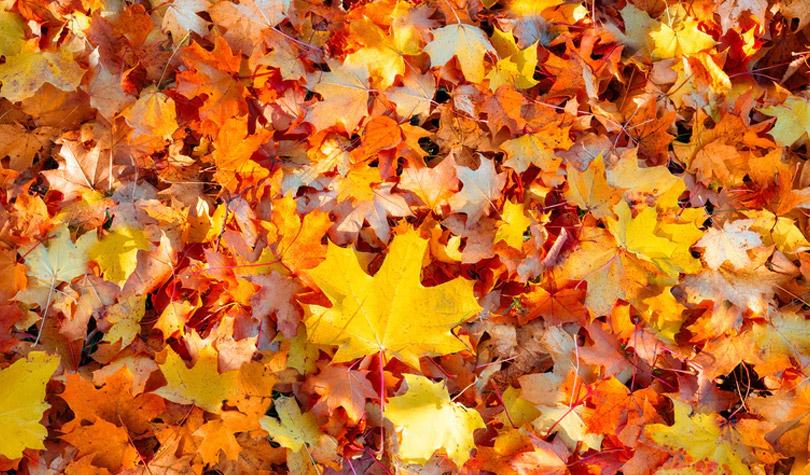Apple and pumpkin picking, leaf-peeping, and hayrides are just a few of the classic fall activities. However, fall isn’t only about having fun. Another regular fall occurrence is ensuring your home is winter-ready and coping with the changing weather. Here are a few common fall HVAC issues to be cautious of.
The Issue Of Frozen Pipes
Objects such as piping and coil can freeze over and stop working as temperatures drop and ice builds. Frozen water inside pipes can cause hydraulic system to crash, such as hot water heater and radiators. When a satisfied homeowner’s heating system fails due to frozen pipes, he or she will rapidly become frustrated.
Due to the obvious pressure buildup, frozen pipes can sometimes explode. In situations like these, you’ll have to instruct residents how to switch off the water and respond quickly to the problem.
Dirty Filters
Filters in heaters can become clogged with dirt, dust, and other material when they are overworked. This obstruction usually results in less airflow and, as a result, less heat in the house. The common homeowner may be perplexed as to why their rooms have less air circulation.
When you call an HVAC service provider to conduct the repair, double-check that the motor and fan are operational. Then, remove any impediments from the area all around filter. Replace the filter if it has become permanently stained or broken. Finally, check for other potential faults to ensure that the heater functions properly.
Carbon Monoxide Leak
During the wintertime, most households do everything they can to maintain their houses safe and happy. However, people may be unaware of all the hazards of carbon monoxide. Because of its odorless and unpalatable nature, carbon monoxide is almost undetectable, and so many carbon monoxide leakage are caused by cracked or rusty heaters.
A damaged heat exchanger inside the heater is the most common cause of leaks. Look for any flaws inside the heat exchanger. Poor ventilation can also prevent carbon monoxide emissions from leaving the house. Make sure there are no obstructions in the chimney and upper vent (above the range).
A Final Word
These were a few common fall HVAC issues to be cautious of.
Of course, for any HVAC problem, AAC Heating & Cooling Services is always here to help you!



